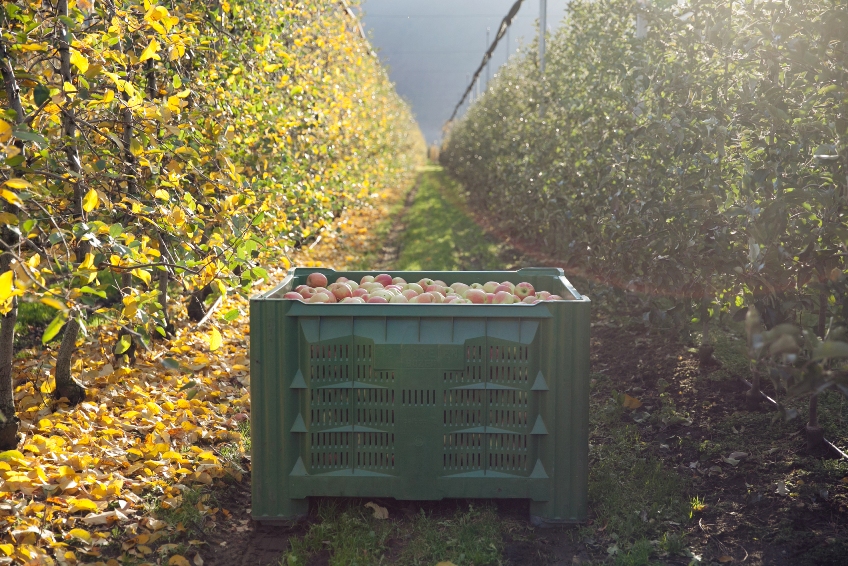Discover new apple varieties & markets at Interpoma 2016
The impact of the Russian embargo, and a trend in some traditional markets for new generations to show less demand for apples, are among the hot topics to be discussed at Interpoma 2016.
Being held November 24 to 26 in Bolzano, the capital of one of Europe’s largest apple-growing regions – South Tyrol – Interpoma brings the apple industry together in a year in which fairly normal production is expected, without excessive stocks to be disposed of.
In a press release, organisers of the international trade show for the cultivation, storage and marketing of the apple, said EU apple production is expected to be slightly lower (-3%) than last year, thus the quality and the efficiency of operators will be particularly important this year.
Among the main reasons for the slight decline are the frosts during winter in several areas of Central Europe, including Slovenia, Austria, Croatia and Hungary. Overall, in the 21 main European apple producing countries (including Britain), a production of 12 million tons is forecast for 2016.
Those were some of the figures released in Hamburg in August during the 2016 edition of Prognosfruit, the annual conference organised by the World Apple and Pear Association (WAPA).
“Regarding the main producing countries, the 2016 forecast for Poland gives an upward trend of around +4%, from 3.979 million to 4.150 million tons, whereas Italy is perfectly in line with 2015, with an expected 2.282 million tons (approx.).
“The negative forecast for France sticks out, with a -7% compared to last year, but then moving back just above the levels of two years ago. In particular, WAPA figures for the transalpine country give 1.564 million tons, compared to 1.674 million in 2015.
“The opposite is true for Germany which, on the eve of the 2016 campaign, sees a forecast of +8%, with 1.052 million tons compared to 973,000 tons last year. In sharp recovery is also Spain, with a +6% on last year. This means 509,000 tons, compared to 482,000 tons in 2015.
“The situation is very critical in general in various parts of Central Europe, because of the frosts last winter. There are negative signs with double figures in several countries such as Austria (-88%), Slovenia (-83%), Croatia (-65%), Slovakia (-58%) and the Czech Republic (-28%). But also -20% in Portugal, whereas Great Britain maintains the levels of last year, or slightly higher (+3%),” the release says.
“Operators meeting at Interpoma 2016 will therefore discuss how to address, in years of normal production (2015 and 2016 appear to be very similar from this standpoint) and without excessive stocks to be disposed of, problematic situations like the continuation of the Russian embargo, which has almost completely cut trade ties with Western Europe, and the dynamics that various traditional markets are undergoing, where the new generations have definitely reduced their demand for apples.”
“Today it’s not so much the needs of consumers that have changed, but rather their age”, said Kurt Werth, organiser of the “The Apple in the World” conference, to be held during Interpoma 2016.
“For example, in Germany, a traditional outlet market for many apple producers, the older generation has not been completely replaced by the new one, inasmuch as young people consume fewer apples. We therefore had to look for new markets, such as North Africa and others,” he said.



